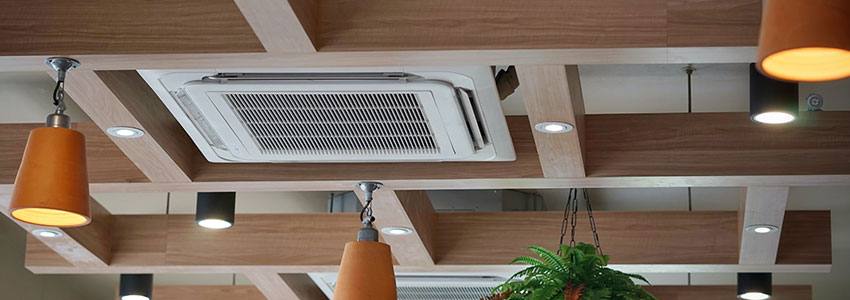It is with great relief that businesses are once again able to open their doors to trade, with the hustle and bustle a good indicator of consumer confidence in vaccine roll-outs and testing regimes – but businesses must be proactive in ensuring that air quality protocols are carefully implemented to successfully curb viral transmission.
An article in the British Medical Journal has called on governments and health leaders to focus efforts on airborne transmission through better air quality initiatives in the fight against COVID-19.
The authors argue that focusing on indoor air quality will reduce the risk of transmission of COVID-19, as well as bring other health benefits – such as reduced sick leave for other respiratory viruses and environmentally related complaints such as allergies and sick building syndrome.
In performing preventative maintenance on HVAC systems, upgrading filtration systems and by focusing on air cleaning solutions; businesses can reduce absenteeism, increase productivity and save significant related costs to workforce performance.
The authors also warn that the quality of face masks worn by visitors and staff is an important consideration when it comes to the spreading of air-born viruses, and that with the prospect of COVID-19 becoming a seasonal issue, businesses must remain vigilant when it comes to managing air quality protocols.
Be proactive in managing your maintenance activities
With much of the last year’s preventative maintenance programmes falling by the wayside for businesses with shut office doors – facilities managers must perform important maintenance tasks now.
Partnering with experts that can provide the right guidance from the get-go will help you comply with industry standards and protect your stakeholders.
Consult with an HVAC professional to audit your air quality controls – and make sure that you are taking the following steps to improve ventilation in your workspace:
- Increase the percentage of outdoor air to as much as 100% where possible.
- Increase the supply of airflow in occupied spaces where possible.
- Disable demand-control ventilation controls, that reduce air supply based on temperature or occupancy.
- Open windows where possible and safe to do so.
- Run the HVAC system at its maximum outside airflow for 2 hours before and after occupied times, as per industry standards.
- Use portable high-efficiency particulate air fans or filtration systems to enhance air quality

